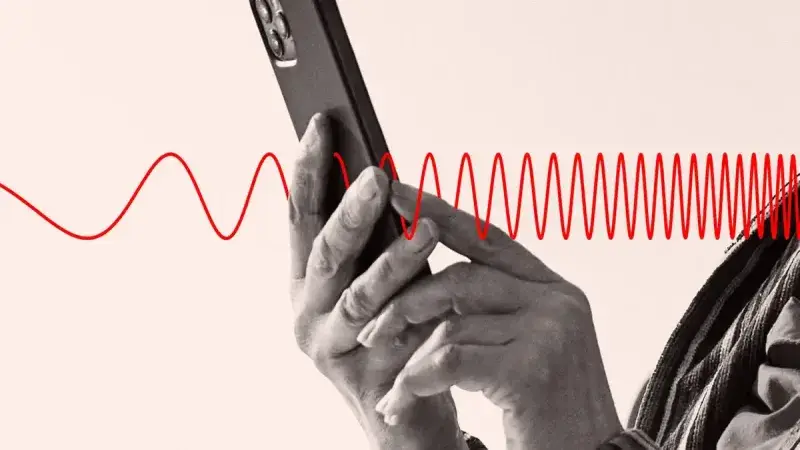Best Low SAR Phones 2025: Safe Smartphones for Health-Conscious Users

Smartphones are now part of our daily lives. But behind the convenience lies a hidden danger: cell phone radiation, also called SAR (Specific Absorption Rate). This article reveals what SAR really means, its health risks, global safety limits, and how to choose low-SAR smartphones.
What Is Cell Phone Radiation (SAR)?
Scientific Definition
SAR (Specific Absorption Rate) measures the electromagnetic energy absorbed by human tissue when using a phone. It is expressed in watts per kilogram (W/kg). Higher SAR means higher radiation absorbed.
How SAR Works
Phones use radio frequency (RF) waves. While non-ionizing, repeated long-term exposure may still affect your health.
SAR Safety Limits Worldwide
-
USA (FCC): 1.6 W/kg over 1 gram of tissue.
-
EU: 2.0 W/kg over 10 grams.
-
Asia & Middle East: Often follow US/EU standards, but awareness is low.
Health Risks of Cell Phone Radiation
Brain & Nervous System
-
Prolonged exposure linked to higher risk of glioma.
-
Short-term effects: headaches, memory loss, poor concentration.
Sleep Disturbances
-
Phones near your bed reduce melatonin.
-
Linked to insomnia, fatigue, poor sleep quality.
Cancer Risks
-
IARC classified RF radiation as “possibly carcinogenic” (Group 2B).
Impact on Children & Pregnant Women
-
Children absorb more due to thinner skulls.
-
Pregnant women risk fetal development interference.
Scientific Studies You Should Know
-
WHO: Warns of possible long-term risks.
-
FDA: Current limits are safe but advises minimizing exposure.
-
IARC: Officially classifies RF as possibly carcinogenic.
High vs. Low SAR Smartphones
Factors That Influence SAR
-
Antenna design
-
Signal strength
-
Manufacturer’s shielding technology
Examples of High-SAR Phones
-
Older budget models
-
Some Xiaomi, Nokia, Huawei
Examples of Low-SAR Phones
Practical Tips to Reduce Radiation
-
Use wired or Bluetooth headsets.
-
Use speaker mode during calls.
-
Keep phones away from your bed at night.
-
Limit screen time for kids.
-
Pregnant women should avoid carrying phones near the abdomen.
The Business Side – SAR in Marketing
-
Phone companies must disclose SAR values.
-
Low-SAR phones are becoming a selling point.
Future of SAR Reduction
-
5G may lower exposure due to distributed antennas.
-
Smart antennas target towers, not your body.
-
EMF blocking accessories are growing in demand.
Conclusion
Cell phone radiation (SAR) may not cause immediate harm, but ignoring it can have long-term consequences. Choosing low-SAR phones, following safe habits, and staying informed is the best way to protect your health.